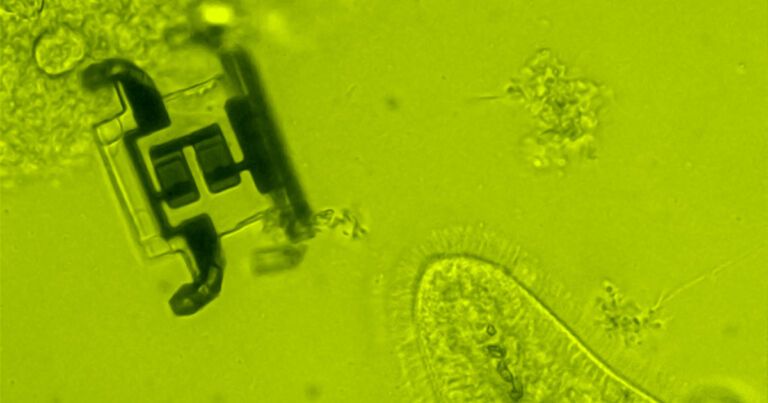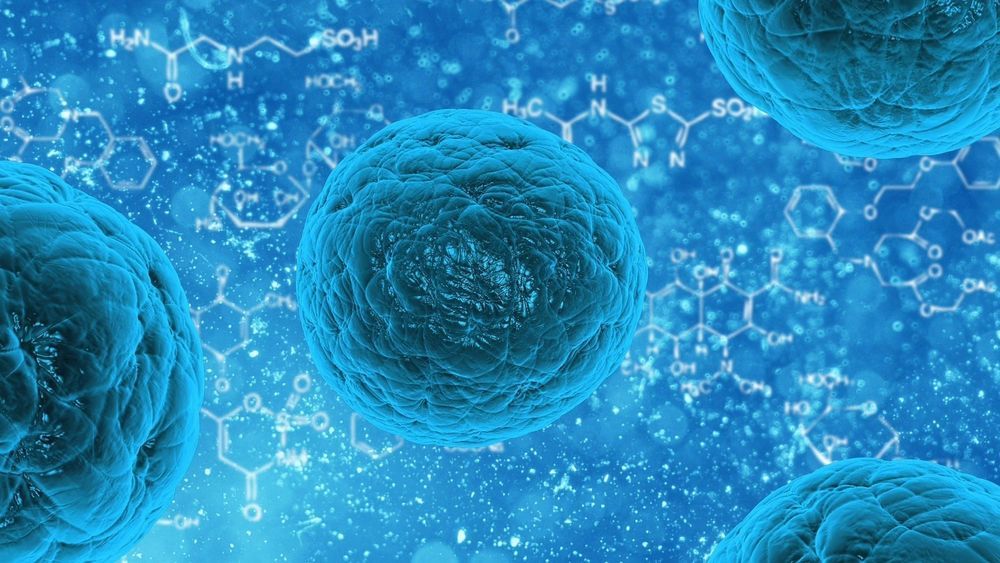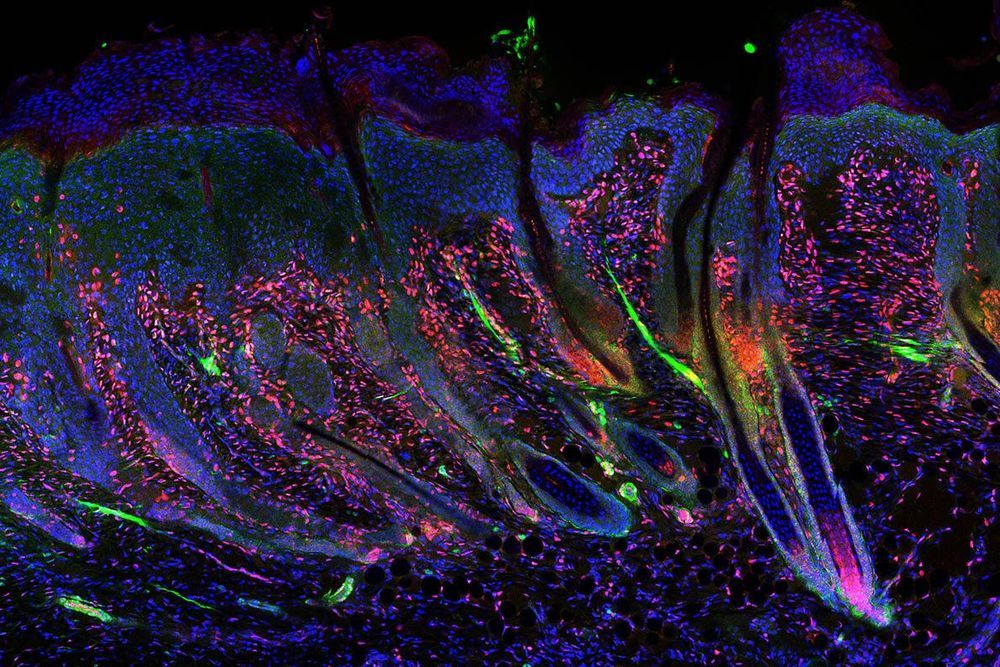Building a microscopic robot wasn’t hard — but developing working legs small enough to carry it around was a real challenge.


D-Wave has launched next-gen quantum computing platform Advantage, and Launch, a service to help businesses build hybrid quantum applications.

Stopping the cannibalistic behavior of a well-studied enzyme could be the key to new drugs to fight age-related diseases, according to a new study published online in Nature Cell Biology. For the first time, researchers in the Perelman School of Medicine at the University of Pennsylvania show how the self-eating cellular process known as autophagy is causing the SIRT1 enzyme, long known to play a role in longevity, to degrade over time in cells and tissue in mice. Identifying an enzymatic target is an important step that may lead to new or modified existing therapeutics.
“Blocking this pathway could be another potential approach to restore the level of SIRT1 in patients to help treat or prevent age-related organ and immune system decline,” said first author Lu Wang, Ph.D., a postdoctoral researcher in the lab of Shelly Berger, Ph.D., a professor of Cell and Developmental Biology in the Perelman School of Medicine and a professor of Biology in the School of Arts and Sciences at Penn. Berger also serves as senior author on the paper.
“The findings may be of most interest to the immune aging field, as autophagy’s role in SIRT1 in immune cells is a concept that hasn’t been shown before,” Wang added. “Exploiting this mechanism presents us with a new possibility of restoring immune function.”

A newly identified genetic factor allows adult skin to repair itself like the skin of a newborn babe. The discovery by Washington State University researchers has implications for better skin wound treatment as well as preventing some of the aging process in skin.
In a study, published in the journal eLife on Sept. 29, the researchers identified a factor that acts like a molecular switch in the skin of baby mice that controls the formation of hair follicles as they develop during the first week of life. The switch is mostly turned off after skin forms and remains off in adult tissue. When it was activated in specialized cells in adult mice, their skin was able to heal wounds without scarring. The reformed skin even included fur and could make goose bumps, an ability that is lost in adult human scars.
“We were able to take the innate ability of young, neonatal skin to regenerate and transfer that ability to old skin,” said Driskell, an assistant professor in WSU’s School of Molecular Biosciences. “We have shown in principle that this kind of regeneration is possible.”

Additionally, some reports have suggested that then-President Woodrow Wilson downplayed the virus, but that is a “wrong and a false trope of popular history,” Markel said. Wilson, who would later contract the virus, was organizing and commanding the U.S. effort in World War I and once the war ended, he sailed for Paris, where he stayed until April of 1919 organizing a peace treaty and the League of Nations, Markel said.
“The federal government played a very small role in American public health during that era. It was primarily a city and state role and those agencies were hardly downplaying it,” he said.
Unlike today, there was no CDC or national public health department. The Food and Drug Administration existed but consisted of a very small group of men. Additionally, there were no antibiotics, intensive care units, ventilators, IV fluids or vaccines. “You got a bed or maybe nursing care,” Markel said.

A team of researchers at the Niels Bohr Institute, University of Copenhagen, have succeeded in entangling two very different quantum objects. The result has several potential applications in ultra-precise sensing and quantum communication and is now published in Nature Physics.
Entanglement is the basis for quantum communication and quantum sensing. It can be understood as a quantum link between two objects which makes them behave as a single quantum object.
Researchers succeeded in making entanglement between a mechanical oscillator—a vibrating dielectric membrane—and a cloud of atoms, each acting as a tiny magnet, or what physicists call “spin.” These very different entities were possible to entangle by connecting them with photons, particles of light. Atoms can be useful in processing quantum information and the membrane—or mechanical quantum systems in general—can be useful for storage of quantum information.
Nissan’s all-electric Re-Leaf is an EV designed to provide a mobile power supply during disaster recovery.


DALLAS, Sept. 29, 2020 /PRNewswire/ — The National Math and Science Initiative has named veteran fundraiser Laure O’Neal as its first chief development officer, charging her and a restructured fundraising team with diversifying the organization’s funding sources.
NMSI was founded in 2007 with generous support from the ExxonMobil Foundation, Texas Instruments Foundation and other corporate and philanthropic organizations. It continues to receive financial support from those and other organizations and is expanding its fundraising to more quickly reach additional students, teachers and school systems across the country.
“Laure brings two decades of experience in connecting corporate, foundation and individual givers with academic institutions and other organizations that support individuals and communities,” said NMSI CEO Bernard A. Harris, Jr. “I’m excited about the energy and expertise Laure brings to secure new support to reach more communities with our programs.”

From the Science of Beer to learning about the benefits of GMOs; Saskatchewan is celebrating science with exciting online events and activities that showcase the province’s bioscience sector. Ag-West Bio, Saskatchewan’s bioscience industry association, coordinates events with the help of a local committee.
Ag-West Bio President and CEO Karen Churchill says amid the COVID-19 pandemic, biotechnology is in the spotlight. “Saskatchewan organizations in our research cluster have joined the global effort to develop vaccines as well as preventative and treatment solutions to deal with the virus. As a community, we should take note of the achievements of our local scientists and companies. Global Biotech Week gives us an opportunity to give them a (virtual) pat on the back!”
The Government of Saskatchewan and the Cities of Regina and Saskatoon have proclaimed September 28 to October 4 as Global Biotech Week.